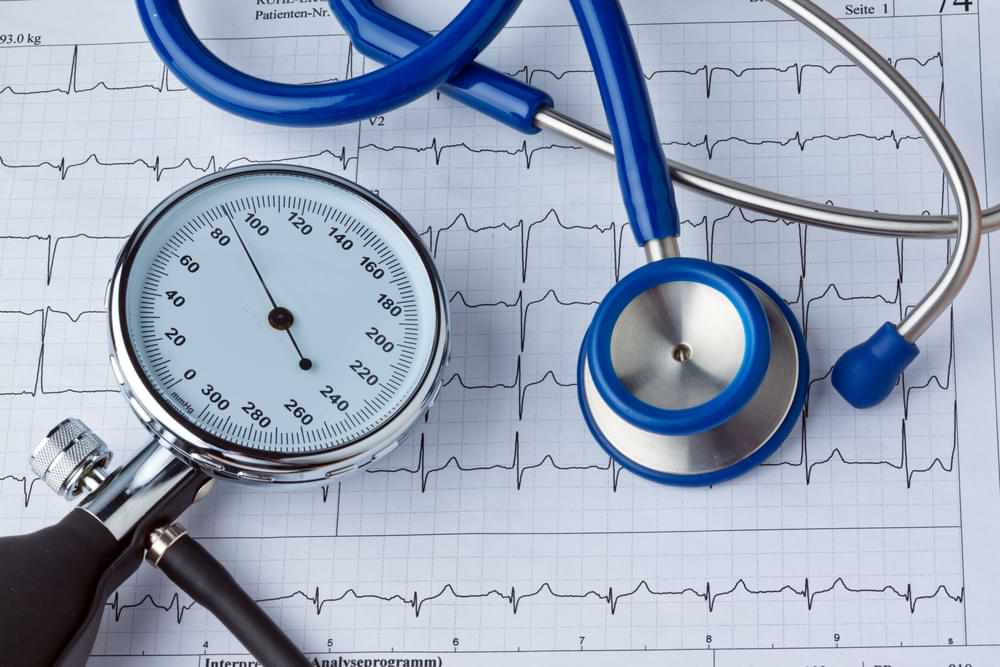Detecting Hypertension: The Unexpected Role of Your Optometrist
Have you ever considered that a routine visit to your optometrist could reveal more than just the health of your eyes?
Your optometrist can play a crucial role in detecting hypertension, a common condition that often goes unnoticed due to its asymptomatic nature.
I’m Martin Robinson, the owner and principal optometrist at Martin’s Eyecare in Hobart. With years of experience, I’ve seen first hand how eye health is a window to your overall wellbeing.
Many believe hypertension is always accompanied by noticeable symptoms. However, it’s often a silent condition, making regular check-ups essential.
Take the case of a patient of mine. A 45-year-old teacher. She came in for a routine eye exam, unaware that her blurred vision was a sign of something more serious. During her examination, I noticed something unusual – signs of retinal vascular changes, subtle but significant. A week later her GP confirmed that she had hypertension.
Ignoring or missing the signs of hypertension can lead to severe health issues. An unchecked rise in blood pressure can harm your heart, kidneys, and even your eyes.
By continuing to read, you’ll discover how an eye exam can be a vital tool in detecting hypertension early, giving you the chance to manage your health proactively. I’ll also explain the damage that hypertension can inflict on your eyes, and give some tips on how you can manage the condition.
Eager to take control of your health? Book an appointment at Martin’s Eyecare today, or keep reading to learn how your eyes could be the key to detecting serious health problems.
Regular Eye Examinations: A Critical Tool for Hypertension Detection
When you visit Martin’s Eyecare for an eye examination, you might be surprised to learn that we’re not just checking your vision and eye health. We’re also looking for signs of systemic health conditions.
The Eye as a Window to Overall Health
The retina is the light-sensitive layer at the back of the eye, and it’s rich in blood vessels. It’s one of the few places in your body where blood vessels can be directly observed without any invasive procedure. This allows optometrists like myself to notice changes that could be indicative of hypertension.
Spotting the Signs: Hypertensive Changes in the Eye
High blood pressure can cause narrowing, kinking, or even bleeding of retinal blood vessels. These signs, though often subtle, can be early indicators of hypertension. Persistent high blood pressure can also lead to more significant changes, such as swelling at the back of the eye or optic nerve damage, which can have serious implications for your sight.
What Happens During an Eye Examination?
So, what can you expect during an eye exam at Martin’s Eyecare?
First, we discuss your medical history and any vision problems you might be experiencing.
Then we proceed with tests to assess your vision and the overall health of your eyes. This includes a detailed examination of the retina, using non-invasive tools like an ophthalmoscope, which we use to peer into the back of the eye, including the retina and its blood vessels.
This comprehensive approach not only ensures your vision is at its best but also plays a crucial part in monitoring your overall health.
To learn more about high blood pressure and the role of optometrists in detecting it, watch the following from Dr. Melanie Denton’s YouTube channel.
How High Blood Pressure Can Damage Your Eyes
High blood pressure, if left unmanaged, can lead to several serious eye conditions. Understanding these conditions can help you appreciate why it’s so important to keep both your blood pressure and eye health in check.
-
Retinopathy (blood vessel damage): Hypertensive retinopathy occurs when high blood pressure damages the tiny blood vessels in the retina. Initially, you may not notice any symptoms. But as the condition progresses, it can lead to blurred vision or even complete loss of sight. During an eye exam, we look for signs like narrowing of the blood vessels, spots on the retina known as cotton wool spots, and bleeding in the back of the eye.
-
Choroidopathy (fluid buildup under the retina): This condition happens when high blood pressure leads to fluid buildup under the retina. This fluid can distort vision or, in more severe cases, cause scarring that impairs vision permanently. Patients might notice a dark or distorted spot in the center of their vision or have difficulty focusing on particular tasks.
-
Optic Neuropathy (nerve damage): Another potential complication of uncontrolled hypertension is optic neuropathy, where blood flow is blocked, damaging the optic nerve. This can lead to sudden, severe vision loss. It’s a stark reminder that hypertension is not just about numbers on a blood pressure monitor; it’s a condition that can have profound effects on various parts of your body, including your eyes.
-
Stroke-induced vision loss: High blood pressure is a significant risk factor for stroke, which can also impact your vision. A stroke affecting the part of the brain responsible for vision can lead to vision loss. Patients may experience partial or total loss of vision in one or both eyes, or they might have trouble with their visual field.


Beyond Detection: Managing Hypertension
Detecting hypertension is just the first step. Managing it effectively is key to maintaining both your overall health and eye health. Let’s look at how lifestyle changes, diet, and working with your healthcare team play crucial roles.
Lifestyle and Medication
- Exercise: Regular physical activity helps lower blood pressure. It doesn’t have to be strenuous; even daily walks can make a difference.
- Weight Management: Maintaining a healthy weight is essential in managing hypertension. Even losing a small amount of weight if you are overweight can significantly impact your blood pressure.
- Stress management: Stress can temporarily increase blood pressure. Techniques like meditation, deep breathing exercises, or yoga can be very effective in managing stress.
- Medicinal solutions: In some cases, medication might be necessary. It’s important to follow your doctor’s advice and take prescribed medications as directed.
Nutrition and Diet Changes
- Reduce Sodium Intake: Too much salt can increase blood pressure. Aim to reduce your salt intake, which often involves cutting back on processed foods.
- Increase Potassium: Potassium can help balance the amount of sodium in your cells. Foods like bananas, spinach, and potatoes are great sources.
- Limit Alcohol and Caffeine: Both can raise blood pressure, so moderation is key.
- Healthy Fats: Incorporate healthy fats like those found in fish, nuts, and olive oil.
- Limit Saturated and Trans Fats: Reduce intake of unhealthy fats found in processed food, dairy products and palm oil.
- Stay Hydrated: Drinking plenty of water is crucial for overall health and can help manage blood pressure.
- Increase Antioxidant-Rich Foods: Antioxidants can help protect your blood vessels. Think berries, dark chocolate, and green tea.
- Consult with a Dietician: In order to tailor your diet to your own personal needs, we highly recommend seeking advice from a professional dietician.
Working with Your Healthcare Team
As an optometrist, I’m often a first line of detection for hypertension. But managing it is a team effort. It’s crucial to work closely with your primary care physician and other health care providers. This collaboration ensures that your hypertension is managed effectively, considering both medication and lifestyle adjustments. Regular eye exams become a part of this holistic approach, helping to monitor the health of your eyes and the effectiveness of hypertension management strategies.
Conclusion
According to a recent report by the Australian Institute of Health and Welfare, an estimated 34% of Australian adults had high blood pressure. The consequences of undetected and untreated high blood pressure can be dire, leading to heart disease, stroke, and yes, even serious eye problems.
At Martin’s Eyecare, an eye checkup is more than just about ensuring you have the right prescription glasses. It’s about assessing your overall health. Hypertension can leave telltale signs in your eyes, signs that, if caught early, can save you from the severe repercussions of this condition.
Regular eye exams are a proactive step in safeguarding your health, helping to catch issues like hypertension early when they are most manageable.
So book a comprehensive eye examination at Martin’s Eyecare today. It’s a decision that could have far-reaching implications for your health and well-being. Remember, keeping an eye on your vision can also mean keeping an eye on your life.
